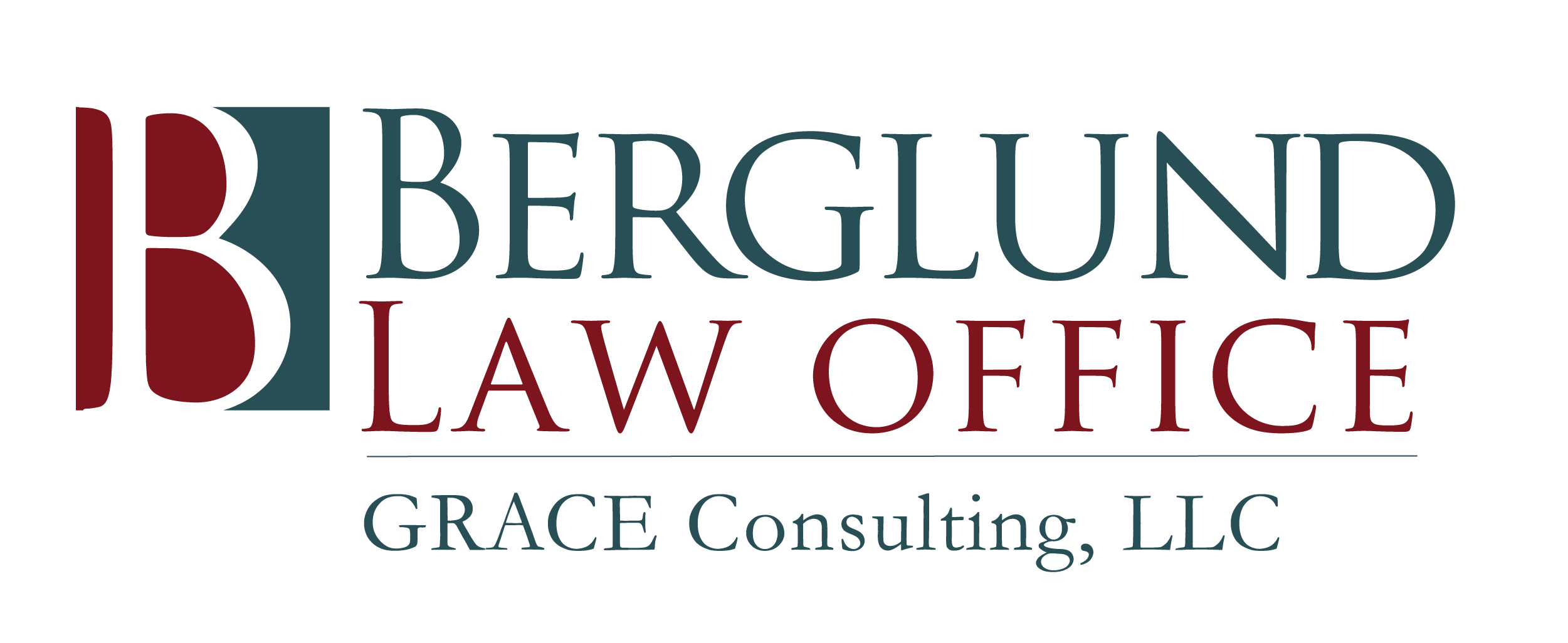
Prior to the enactment of Minnesota’s “trust-busting statute” (Minnesota Statutes section 501B.895), several different trusts were commonly used for Medicaid planning.
Revocable trusts—which by definition can be changed or rescinded by the trust maker—never worked for Medicaid planning. This was because Medicaid has always considered the principal of revocable trusts to be assets that were “countable” in determining eligibility for Medicaid.
Several types of “irrevocable” trust, however, were commonly used for Medicaid planning.
Irrevocable trusts, by definition, cannot be changed after being created. Irrevocable trusts used for Medicaid planning were usually drafted so that the income was payable to the trust maker for life, but the principal could NOT be used to benefit either the trust maker or his/her spouse.

Upon death, the trust principal is paid to the trust maker’s heirs. By using irrevocable trusts (prior to the enactment of Minnesota Statutes section 501B.895 anyway), funds could be protected from Medicaid and trust makers could use the income for their living expenses. As long as the trustee was prohibited from making payments of the trust principal to either the trust maker or his/her spouse for either of their benefit or for Medicaid purposes, the principal of such trusts was NOT counted as a resource. If and when the trust maker moved to a nursing home, however, the trust income also had to be paid to the nursing home.

Because of the Medicaid “look back” period, if a “pre-trust-busting statute” irrevocable trust was established within the five year period before the trust maker applied for Medicaid it generally resulted in a period of ineligibility. The length of the period of ineligibility depended on the amount transferred to the trust.
